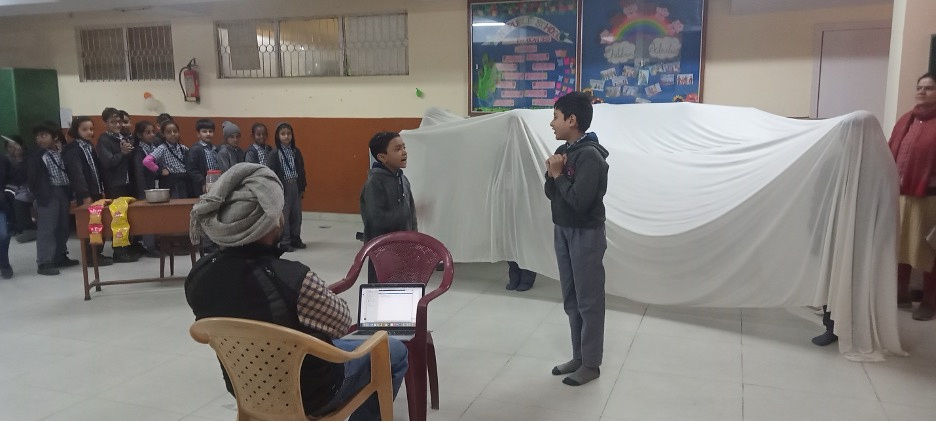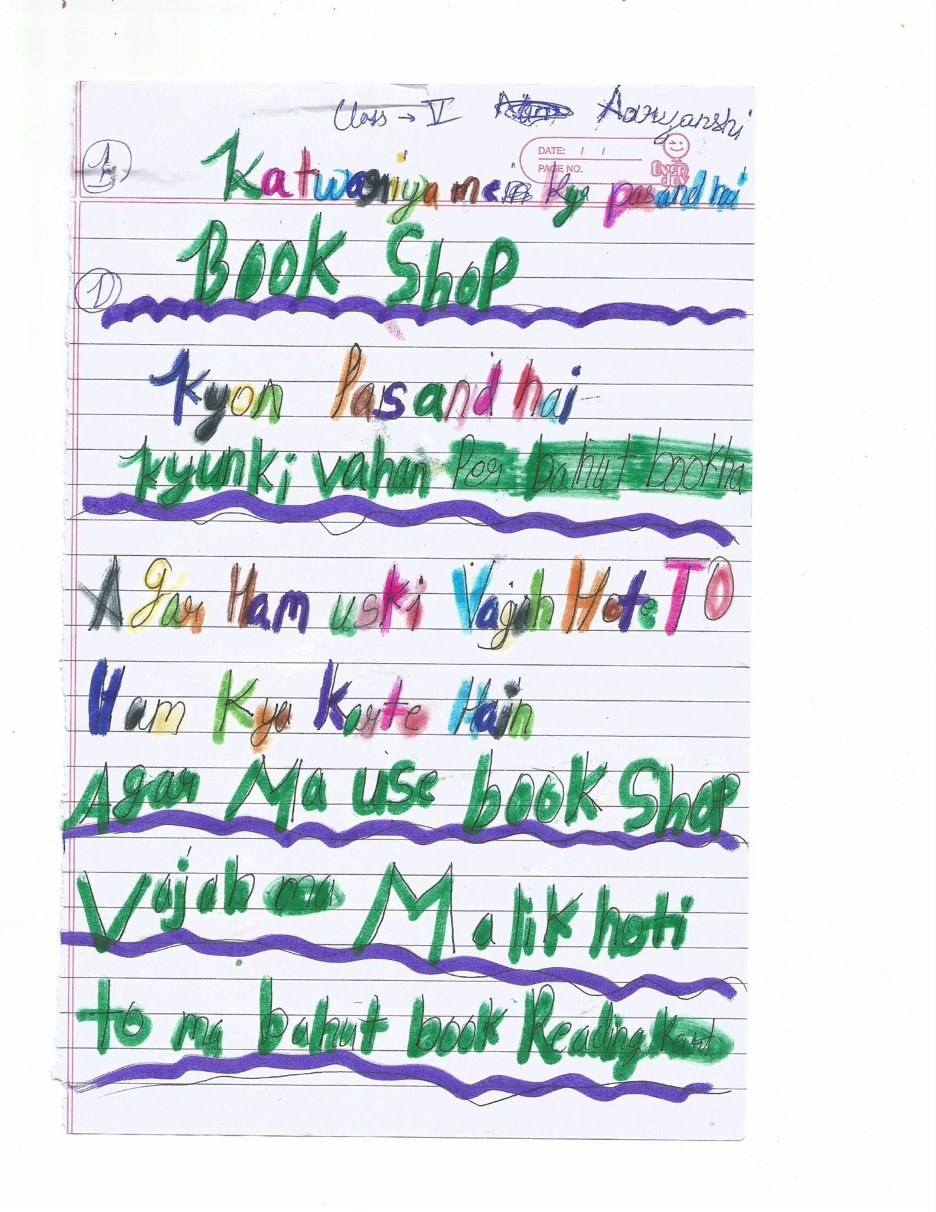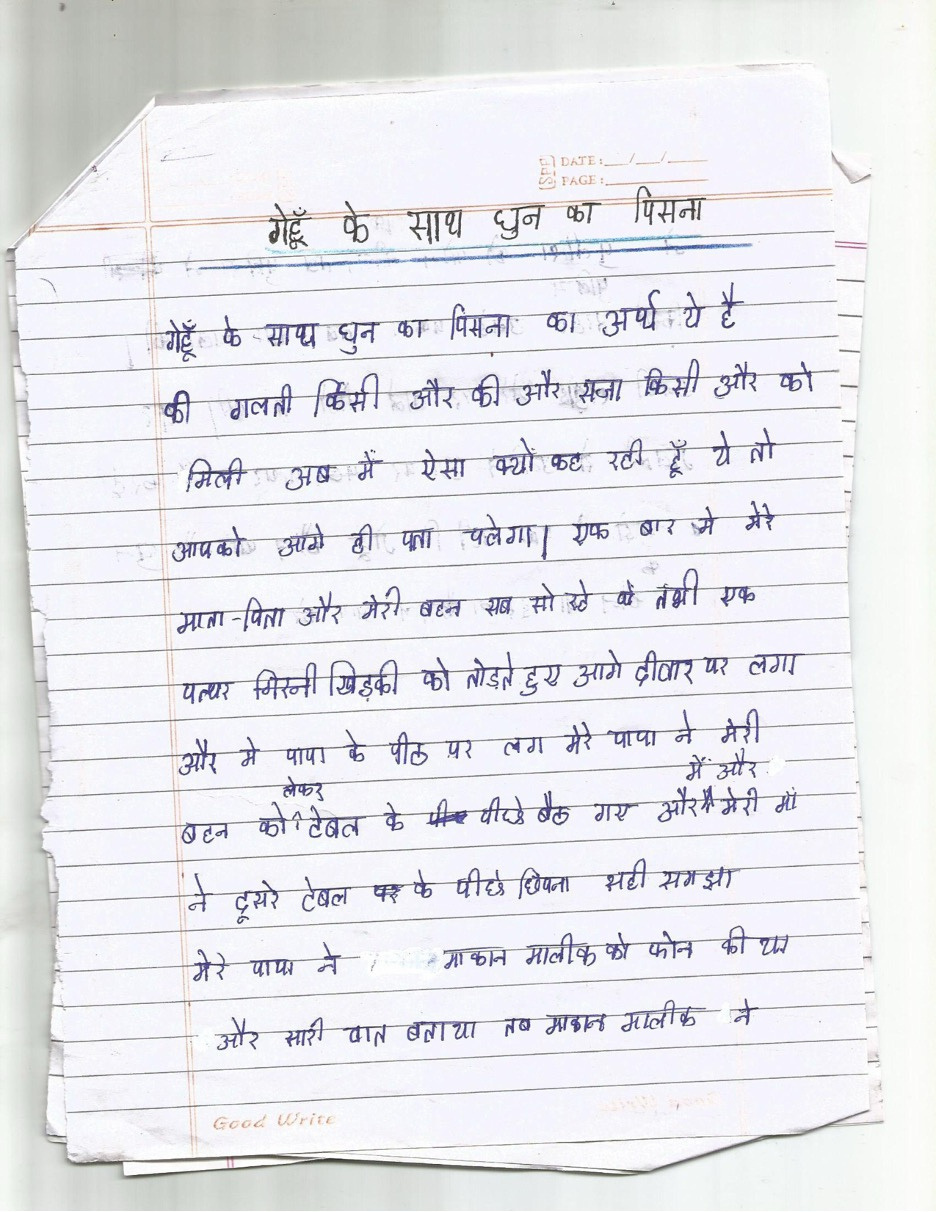Drama and Performance
Introduction
The drama phase of the Mera Aas Padose project marked the culmination of students’ reflections and creative exploration. Building on earlier work in drawing and model-making, students transformed their visual narratives into a collaborative performance that combined storytelling, movement, dialogue, and improvisation.
This phase emphasized self-expression, empathy, and teamwork, and was designed to give students the confidence to speak, act, and imagine publicly—often for the first time.
1. The Drama Workshop

Students participated in a structured workshop series led by a drama facilitator. These sessions were lively, student-driven, and designed to build trust, imagination, and voice. Activities included:
- Story circles
- Improvisation games
- Character development
- Movement and stage exercises
The environment was playful and inclusive. Students who were shy at the beginning gradually found the confidence to speak, perform, and collaborate.
2. Script Development


Rather than starting with a fixed script, students co-created the play’s storyline. Their previous art and model-making activities served as inspiration for characters, themes, and scenes. Common motifs that emerged in the script included:
- Life in Katwaria Sarai
- Migration and memory
- Cleanliness and fairness
- Joy in everyday life
The script reflected the students’ concerns and dreams. It included both realistic and imaginative elements—some humorous, some serious—and was structured through group discussion and rehearsal.
3. Rehearsals and Confidence Building
Over a series of sessions, students rehearsed scenes, explored voice and body language, and experimented with stage presence. Props and set pieces were minimal and created from materials already familiar to students.
Students helped one another remember lines, offer feedback, and refine their gestures. This phase was especially powerful for:
- Students who struggled with speech in class
- Children used to being passive in school
- Those who rarely saw themselves represented
4. Performance at the School Mela
The final performance was staged during the School Mela, with students performing in front of peers, teachers, families, and community members. The play served as:
- A showcase of their journey
- A space of pride and recognition
- A tool for dialogue between students and adults
The audience laughed, listened, clapped—and saw students not as passive learners but as thinkers, artists, and performers.
Conclusion
Drama allowed students to express not just what they see, but how they feel and imagine. It validated their realities while expanding their sense of what’s possible. Through performance, they took ownership of their stories and shared them with the world.
